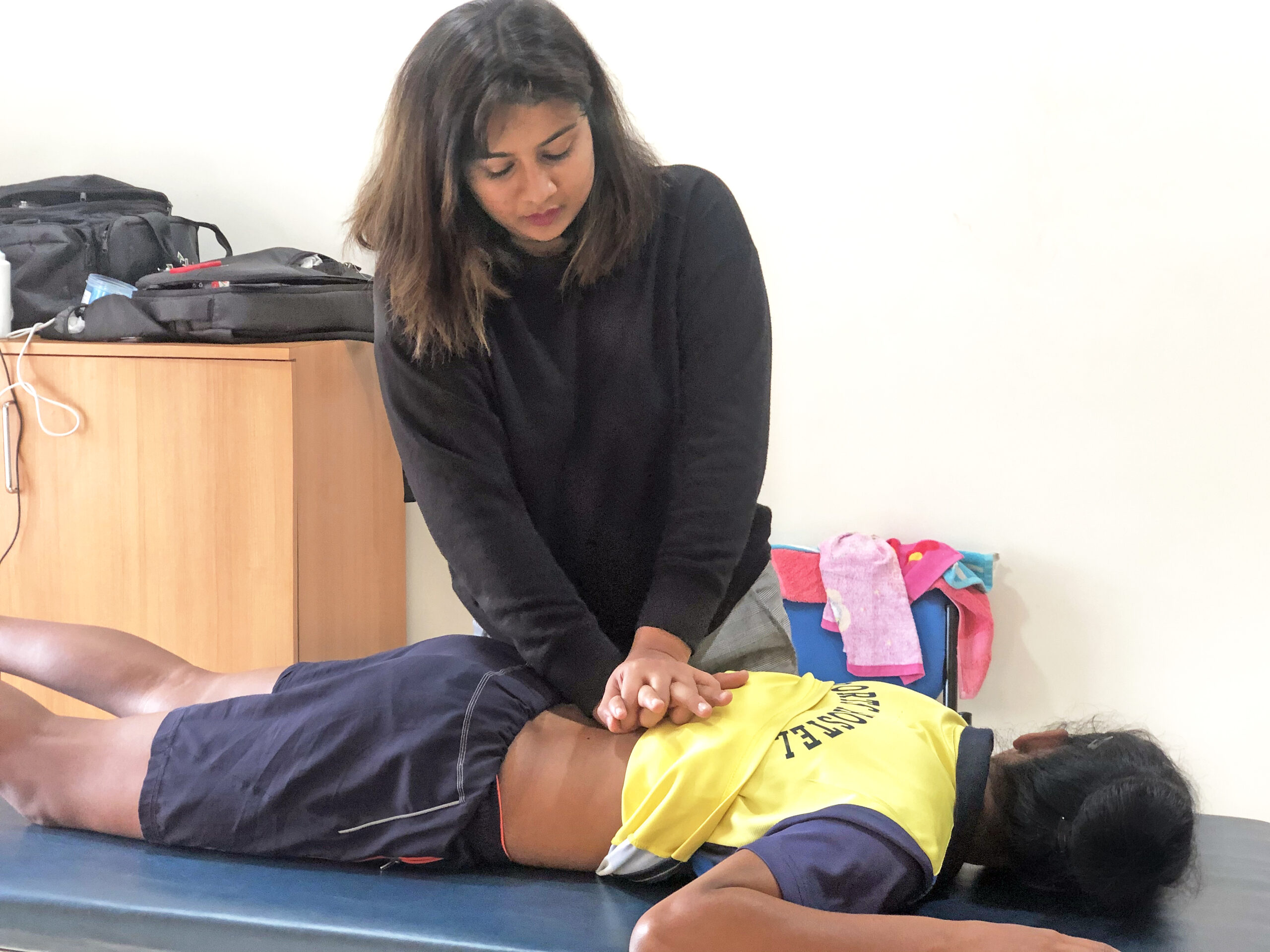Can pain be relieved without using machines, devices or following a set of exercises? Well, manual physical therapists will say yes! From cupping to nerve stretches, there are a variety of manual techniques to get rid of spasms or pain
Many patients, including athletes, arrive at their first physical therapy appointment hoping to get hot packs, ultrasound and guidelines on how to complete a series of exercises. Well, many therapists would opine that exercise is needed to restore muscle imbalances. But, there are a few who would opt for manual therapy. These therapists are interested in ascertaining as to why a muscle isn’t functioning properly. For them, exercise is not the driving mode of recovery, but only a complement to manual therapy.
Manual physical therapy is a specialised form of physical therapy delivered with the hands. It is opposed to the idea of using a device or a machine. Practitioners use their hands to put pressure on muscle tissue and manipulate joints to decrease pain caused by muscle spasm, muscle tension, and joint dysfunction. In this article, some of the different types of manual physical therapies have been discussed below:
Cupping
In 2016, the purple dots on the body of US swimmer, Michel Phelps—who had then won the 19th Olympic gold medal of his career and helped the U.S. men’s team to victory in the 4×100 meters freestyle relay—created a buzz. Many were left bewildered and puzzled as they kept guessing what those ‘bruises’ were for? Well, those marks came from an ancient Chinese healing therapy called cupping. As per experts, during the therapy cups are placed on parts of the body, which are in need of repair, to create suction. Through this method, toxins are drawn out of the body to mobilise blood flow, soothe sore muscles and even help cure insomnia. Similarly, Hijama or wet cupping has been a part of Islamic medicines. In modern times, dry vacuum and fire cupping is practiced by many physiotherapists.

Dynamic cupping
Dynamic cupping combines traditional therapy with advanced technologies. It is a boon. It gives effects of deep tissue massage, reducing the manual efforts of the therapist and increases the rate of recovery in less time. It is used for Myofascial release and to increase the range of motion. The pressure applied by thumb for trigger point release is replaced by static or stationary cups. The cups have evolved—from earthen to plastic; glass to silicon and many more! They are also available in various shapes, including hearts and stars. The method simply creates negative pressure, producing suction of skin, which in turn increases the blood flow to the area. This leads to increase in the number of inflammatory cells and upsurges lymphatic drainage. This increases metabolic circulation and also triggers pain gate mechanism, relaxing the muscles completely.
Dry needling
Dry needling therapy is a similar rehabilitation technique, which targets site of pain specifically by activating trigger points using fine needles of various sizes. It is most effective, time efficient and requires less manual efforts. It is usually compared to acupuncture, which uses meridian lines of body for therapeutic effects and not the trigger points. Another sub-type of this method is neuro-musculoskeletal needling, in which the nerve supplying to the painful area is targeted. And yes, if you are scared but still need an accelerated recovery, remember, these needles are 1/4th the size of finest sewing needles, which penetrate without oozing blood. When inserted precisely, it will give resistance as compared to muscles around. You get the best result, when you feel the ‘twitch’.

Nerve Stretches
Nerve is most commonly targeted after fascia in all of the remedies. Put simply, nerves work as a pulley through the spinal cord. An injured muscle increases the tension in the nerve supply, reducing its free movement. Thus, no therapy is complete without nerve stretches. The method involved is well known as nerve sliders, gliders or tensioners. Extremities, when placed in certain positions, stretch the nerves (roots/endings/pathways). This elongates the nerve and relieves the tension in the structures supplied by same, giving instant results.

Mobilisation and Manipulation
Are you wondering how hands work on bones? Well, skeletal structures can be mobilised through different grades to achieve full pain-free range of motion by working on accessory movements of joints, facilitating mechanoreceptors of pain gate theory and increasing vascular supply of intervertebral disc. High velocity thrust, which makes the cracking of bones sound, or fast small amplitude thrust at the end range known as manipulation is used to dissolve issues like locking of joints. Commonly known traction is used, especially in case of nerve impingement or disc problems. Type and depth of pressure and movements— such as high thrust or oscillatory or pull—using different placement of hands define grades of mobilisation, manipulation or traction.

BYLINE: Report by Dr.ShwetaVenkat Attili (MPT)
Sports Physiotherapist
FIFA accredited , ASCA




